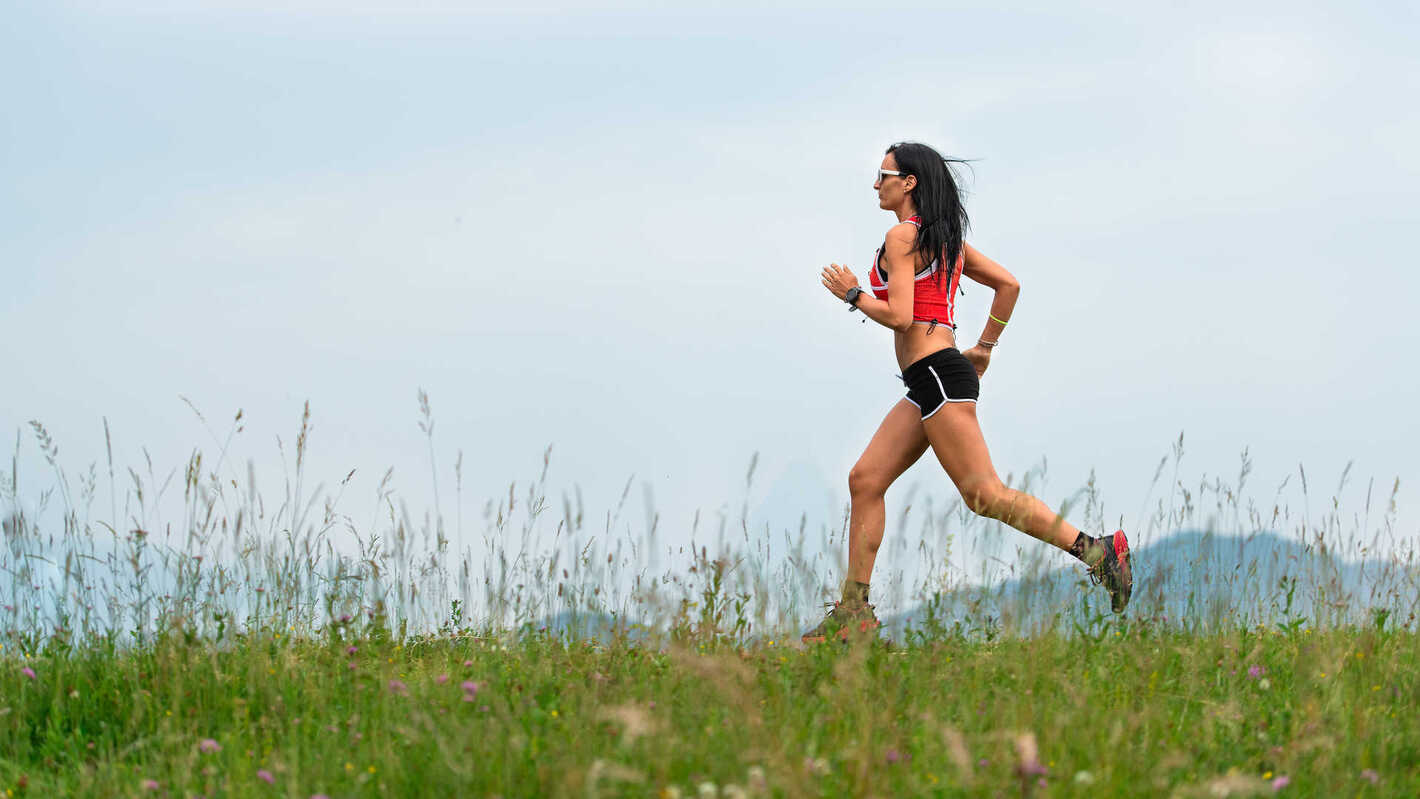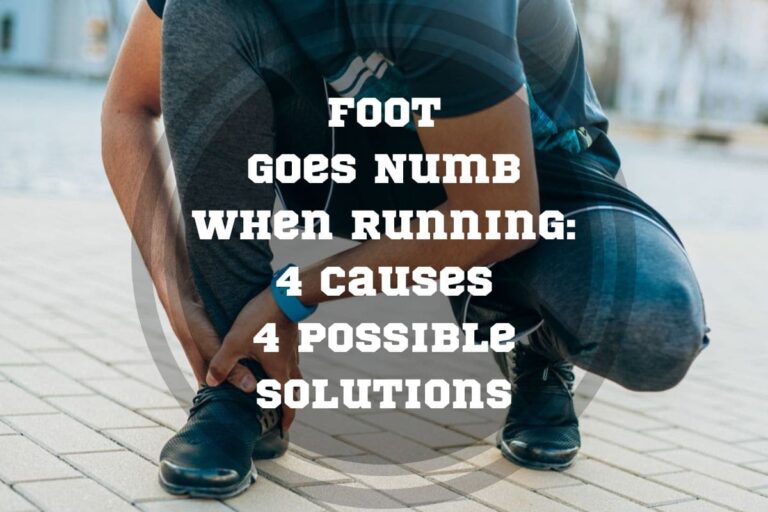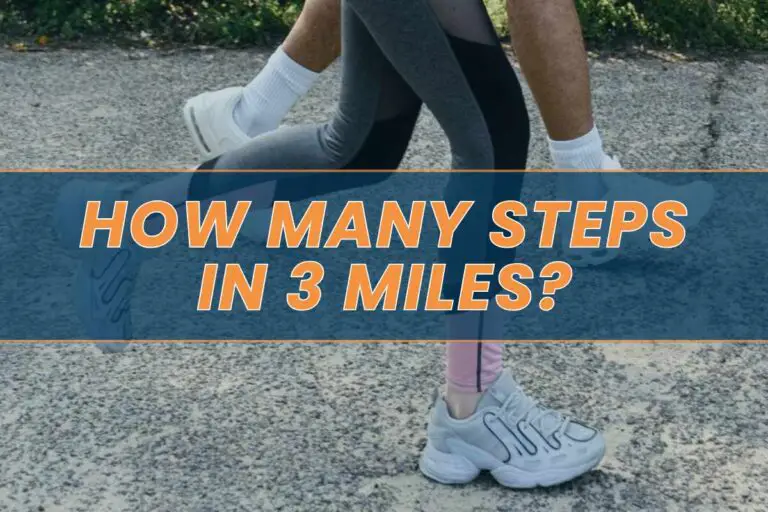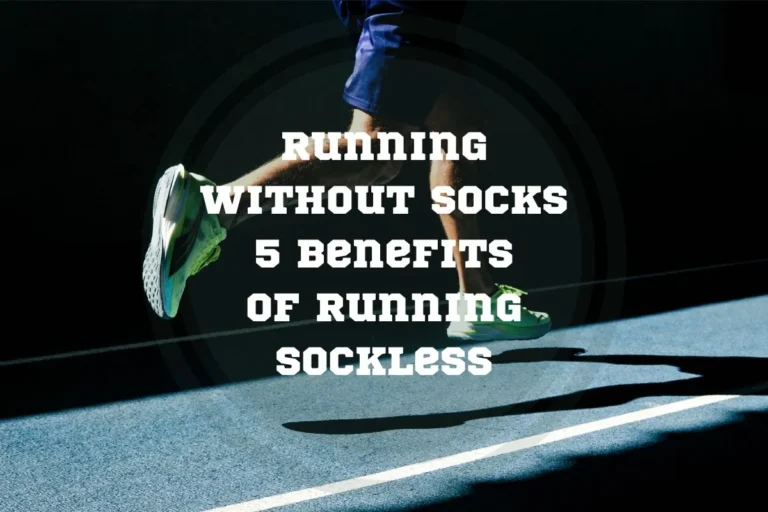Running on Grass vs. Concrete: 5 Factors You Should Consider
Running on grass vs. concrete is a common decision that many runners must deal with. The surface you choose to run on can significantly impact your overall experience. Not only can it impact your running form and performance, it can also affect your risk of injury. Therefore, it is essential to consider the surface you run on carefully.
In this post, we’ll compare running on grass and concrete to help you decide which surface is best for you. Read on to learn all the details!
Running on grass is easier on your joints than running on concrete. It also provides more shock absorption and can help prevent injuries. However, running on concrete can help improve your speed and endurance and enable you to maintain a stable pace throughout your run.
Running on Grass
Many people prefer running on the pavement, but have you ever tried running on grass? Let’s discuss the pros and cons of running on grass and why you might choose to do so.

5 Pros and 3 Cons of Running on Grass
Grass running has several advantages over pavement running. For starters, the soft surface of grass reduces the impact on your joints, making it a better option for those with knee or ankle problems. Running on grass also provides a more challenging workout, as the uneven terrain works more muscles in your legs and core. The natural scenery and fresh air can also make for a more enjoyable workout experience.
That being said, grass running does have its drawbacks. Depending on the weather, the ground can be wet and slippery, making it more difficult to maintain your footing and potentially increasing the risk of injury. Additionally, you may encounter obstacles like rocks or tree roots that could trip you up. Running on grass can also be more time-consuming, as you may need to spend time finding a suitable location.
Let’s summarize the pros and cons of grass running:
Pros:
- Running on grass is easier on your joints and reduces the risk of injury.
- The grass is soft, so it can absorb shock better than concrete.
- Running on grass can help improve your balance and coordination.
- Grass provides better traction and can help prevent slips and falls.
- A run on grass can be more enjoyable and peaceful due to the natural surroundings.
Cons:
- Due to the uneven surface, running on grass can be more challenging and require more effort.
- Wet grass can be slippery and icrease the risk of falls.
- Grass can hide holes or other hazards that may cause injury.
Why Choose Grass Running?
Grass running is a good option for anyone looking to switch up their workout routine or who wants a softer surface for their joints. It’s particularly beneficial for those with joint problems or who are recovering from an injury.
Grass running is also a great choice for those who prefer nature over the urban landscape. However, it’s important to consider the weather and time of year before choosing grass running.
Pro Tip:
Wet grass can be slippery and hazardous, so it’s best to avoid it after rain or in the early morning when the dew is still on the grass. In the summertime, grass running can be challenging due to the heat and potential allergies.
Grass running can be a great way to add variety to your workout routine and reap the benefits of a softer surface and natural scenery. Just take precautions and adjust your routine based on the weather and time of year.
Running on Concrete
One of the most common surfaces for running is concrete. Let’s discuss the pros and cons of running on concrete and why you might choose this surface.
5 Pros and 3 Cons of Running on Concrete
Running on concrete has both advantages and disadvantages. One of the biggest advantages is that it is readily available. Concrete is a common surface in urban areas, so finding a place to run is easy. It is also a stable surface, meaning your feet will not sink into the ground, reducing the risk of injury. Additionally, a run on concrete can help build strength in your legs and feet.
However, there are also some disadvantages to running on cement. The surface is hard, which can cause impact injuries to your knees, feet, and ankles. Concrete can also be unforgiving, meaning it does not absorb shock as well as other surfaces, such as grass or ground. This can lead to a higher risk of stress fractures and other injuries.
Let’s summarize the pros and cons of concrete running:
Pros:
- Concrete is a stable surface that supports running and reduces the risk of rolling an ankle.
- Concrete is a predictable surface, meaning you will have a consistent experience every time you run on it.
- It’s easy to find concrete paths or sidewalks to run on in urban areas.
- Running on concrete can help improve your speed and endurance.
- Concrete is a durable surface that can withstand heavy foot traffic, making it a reliable option for outdoor running tracks.
Cons:
- Running on concrete can be hard on your joints over time, especially if you don’t have proper running shoes or form.
- Concrete is a high-impact surface that can lead to shin splints, stress fractures, and other injuries if you don’t ease into it and allow your body to adjust.
- Concrete can become hot in the sun, making it uncomfortable to run on during hot summer days.

Why Choose Running on Concrete?
Is running on concrete bad or good for you? Concrete is a good option for some people, but not for everyone. If you live in an urban area, concrete may be the only surface available for running. Additionally, if you are training for a race that will take place on concrete, it is important to train on that surface. Finally, running on concrete can be a good option if you are trying to build strength in your legs and feet.
However, not everyone should run on concrete. Running on concrete may not be the best option if you are looking for a low-impact workout.
Pro Tip:
If you have a history of knee, foot, or ankle injuries, running on concrete can exacerbate those injuries. Additionally, if you are new to running, starting slowly when running on concrete is important.
5 factros to consider when choosing Running on Grass vs. Concrete
Choosing the right surface to run on can significantly impact your performance and safety. Let’s compare running on concrete vs. grass, looking at different factors that can affect your running experience.
1. Impact on Joints
Running on concrete can be hard on your joints. The hard surface can cause a lot of impact on your legs, knees, and feet, leading to pain and potential injuries over time. Grass, on the other hand, is a softer surface that can absorb some of the impacts, reducing the stress on your joints. This can be especially beneficial for people with existing joint problems or those prone to injuries.
2. Stability and Traction
Concrete surfaces offer more stability and traction than grass surfaces. The flat and smooth surface of concrete allows for a more consistent stride and less risk of slipping. In contrast, grass surfaces can be uneven and slippery, especially when wet, increasing the risk of falls and injuries. However, running on grass can also improve your balance and stability as your body adapts to the terrain.
Subscribe to Our Running Newsletter!
Get free running tips from renowned professional athletes and discounts from top-notch brands.
3. Environmental Impact
Running on grass has a smaller environmental impact compared to running on concrete. Concrete is a man-made material that requires a lot of resources to produce and maintain. It also contributes to the urban heat island effect, which can raise the ambient temperature in cities.
Grass, on the other hand, is a natural and renewable resource that helps absorb carbon dioxide and reduce the heat island effect. Running on grass can also provide a more pleasant and calming environment than urban noise and pollution.
4. Energy Expenditure
Another factor to consider is energy expenditure. Running on grass requires more energy than running on concrete, because the surface is softer and less stable. This can be good if you’re looking for a more intense workout, but it can also lead to fatigue more quickly. Running on concrete is more efficient and requires less energy, but it can also be monotonous and boring.
5. Terrain Variations
If you want to change your running routine, grass typically offers more terrain variations than concrete. You can find hills, dips, and other variations in natural grass environments that can challenge your body in different ways. Concrete, on the other hand, is typically flat and doesn’t offer much variation. However, running on concrete can be beneficial if you’re training for a race or event because it closely mimics the surface you’ll be running on.

Frequently Asked Questions About Running on Grass vs. Concrete
Is Running on Grass Easier Than Concrete?
Running on grass can be a great alternative to concrete, as it offers a more forgiving surface and can reduce the risk of injury. Grass also offers a more natural and varied terrain that can challenge your body in new ways. Running on grass may require more effort, as your muscles must work harder to stabilize your body on an uneven surface. Hence, while it may be easier on your joints, it may not be easier on your muscles.
Is It Better to Run on the Grass or the Sidewalk?
While both options have their benefits, running on grass is generally better for your joints and can improve your balance. However, running on the sidewalk may be more convenient and help you maintain a consistent pace. Ultimately, the best option for you depends on your personal preferences and goals.
Final Thoughts on Running on Grass vs. Concrete
In conclusion, there are pros and cons to running on both grass and concrete surfaces, and the choice ultimately depends on your personal preferences and goals. If you are looking for a low-impact surface that can reduce the stress on your joints, grass might be the better option. Meanwhile, concrete might be the way to go if you prioritize stability and consistency.
Whatever surface you choose, wear appropriate shoes and listen to your body so you can enjoy the benefits of running without risking injury or discomfort.
What surface do you prefer? Please share your experience in the comments below.
Also read:
- How to Carb Load Before a Race
- What to Eat After Running a Half Marathon
- Banana Before Run
- Coffee After Running
- 30 minute 5k
- Best Ankle Brace for Running
- Bodybuilding and Running
References
- Barefoot Running on Grass as a Potential Treatment for Plantar Fasciitis: A Prospective Case Series // PMC: https://www.ncbi.nlm.nih.gov/pmc/articles/PMC9741467/
- Attenuation of foot pressure during running on four different surfaces: asphalt, concrete, rubber, and natural grass // PubMed: https://pubmed.ncbi.nlm.nih.gov/22897427/
- Inter-muscular coordination during running on grass, concrete and treadmill // PubMed: https://pubmed.ncbi.nlm.nih.gov/36342514/
- In-shoe plantar pressure distribution during running on natural grass and asphalt in recreational runners // PubMed: https://pubmed.ncbi.nlm.nih.gov/18977172/
- The energy cost of running on grass compared to soft dry beach sand // PunMed: https://pubmed.ncbi.nlm.nih.gov/11905936/
If you have any questions or suggestions, you can contact us via email – [email protected]






